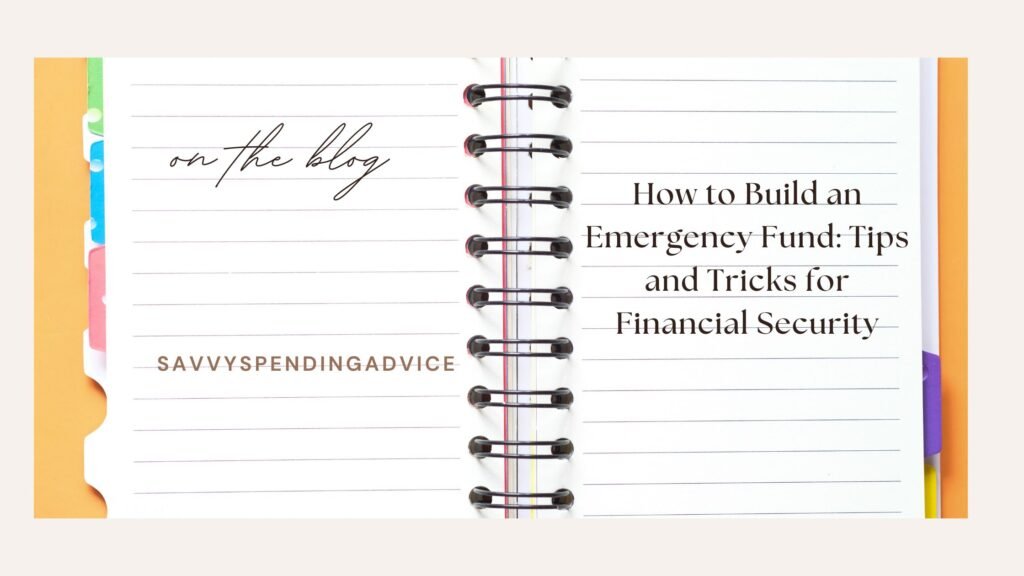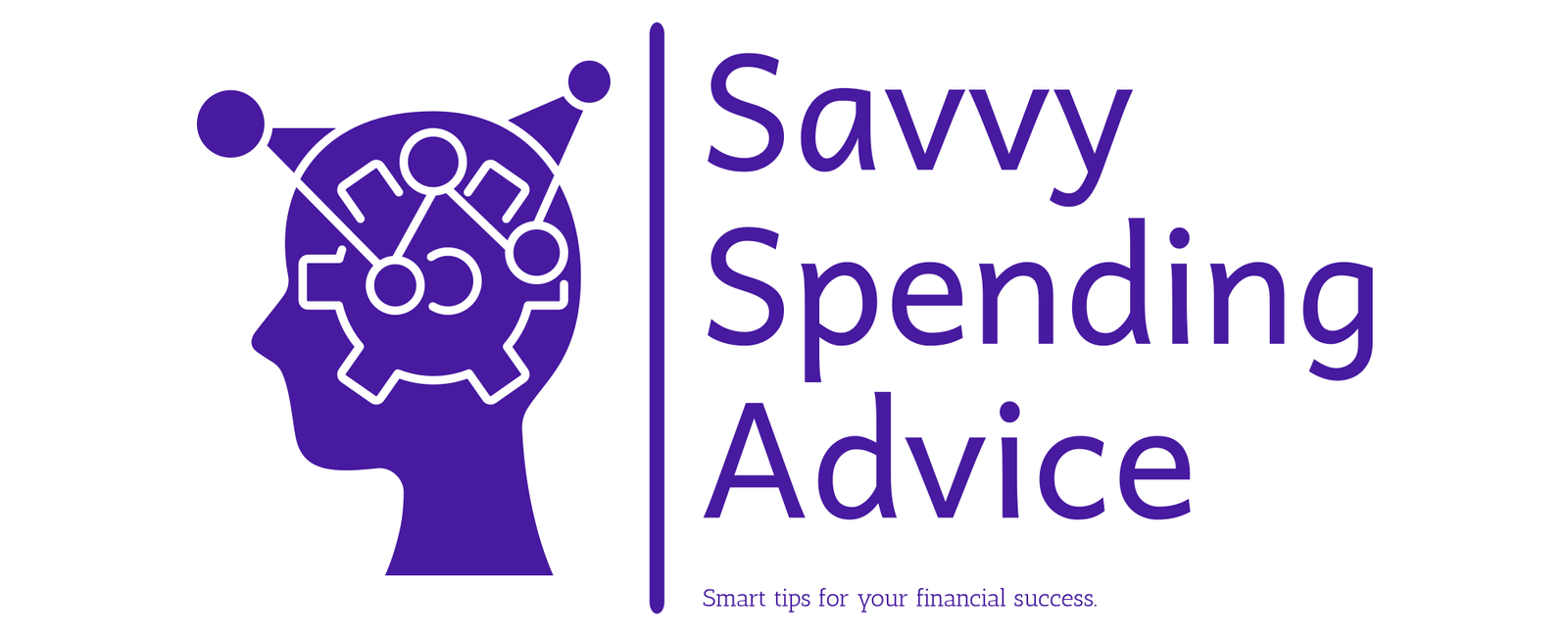
Life is full of unexpected surprises—job loss, medical emergencies, car repairs, or home maintenance costs. Without a financial safety net, these events can lead to stress, debt, or financial instability. This is why an emergency fund is essential. It acts as a financial cushion, protecting you from unforeseen expenses and ensuring peace of mind.
In this guide, we’ll cover why an emergency fund is important, how much you should save, and actionable steps to build one quickly.
Why Do You Need an Emergency Fund?
An emergency fund provides financial security and helps you avoid relying on credit cards or loans during tough times. Here’s why it’s crucial:
✔ Prevents Debt: Avoid high-interest loans and credit card debt when emergencies strike.
✔ Reduces Stress: Knowing you have a financial backup provides peace of mind.
✔ Maintains Financial Stability: Ensures that unexpected expenses don’t derail your budget or long-term goals.
How Much Should You Save?
The ideal emergency fund depends on your lifestyle, monthly expenses, and financial situation.
💰 Basic Emergency Fund: At least $1,000 for small, unexpected expenses.
💰 Full Emergency Fund: 3-6 months’ worth of essential expenses (rent/mortgage, groceries, utilities, insurance, etc.).
💰 Advanced Emergency Fund: 6-12 months of expenses for freelancers, business owners, or those with unstable income.
5 Steps to Build Your Emergency Fund Fast
1. Set a Realistic Savings Goal
📌 Calculate your monthly essential expenses and set a savings target. If your goal is $5,000, break it into smaller milestones ($500, then $1,000, etc.).
2. Create a Dedicated Savings Account
📌 Open a high-yield savings account to keep your emergency fund separate from your daily spending money. This prevents accidental spending while allowing your savings to grow with interest.
Best Accounts for Emergency Funds (2025):
✅ Ally Bank – High-yield savings with no monthly fees.
✅ Marcus by Goldman Sachs – Competitive interest rates.
✅ Discover Online Savings – No minimum balance, easy access.
3. Automate Your Savings
📌 Set up automatic transfers from your checking account to your emergency fund. Even $10-$50 per week adds up over time.
Example: Saving $50/week = $2,600/year!
4. Cut Unnecessary Expenses
📌 Identify areas to save money:
❌ Cancel unused subscriptions.
❌ Cook at home instead of eating out.
❌ Buy generic brands instead of name brands.
❌ Reduce impulse purchases.
Use this extra cash to boost your emergency fund.
5. Find Ways to Increase Your Income
📌 Consider side hustles, freelancing, or selling unused items to grow your savings faster.
💡 Extra Income Ideas:
✔ Sell items on eBay or Facebook Marketplace.
✔ Offer freelance services (writing, graphic design, tutoring).
✔ Take online surveys or participate in user testing.
✔ Drive for rideshare services like Uber/Lyft.
When Should You Use Your Emergency Fund?
Only withdraw from your fund for true emergencies, such as:
✔ Medical emergencies not covered by insurance.
✔ Unexpected job loss or loss of income.
✔ Urgent car or home repairs that affect daily life.
💡 Not an emergency? Avoid dipping into your fund for vacations, new gadgets, or shopping.
Final Thoughts
Building an emergency fund takes time, but every dollar saved brings you closer to financial security. Start small, stay consistent, and watch your fund grow.
💡 Want more money-saving tips? Subscribe to SavvySpendingAdvice.com for expert financial advice and budgeting strategies!
